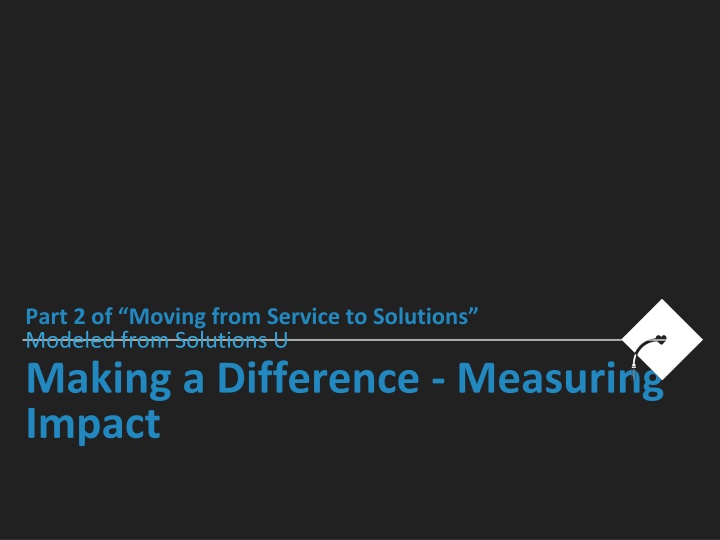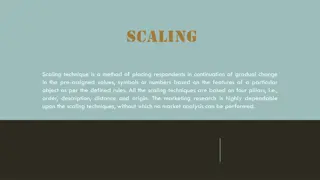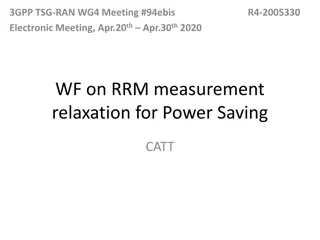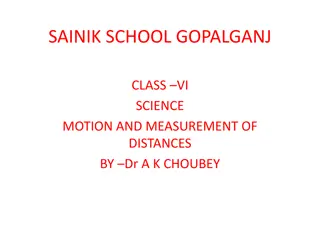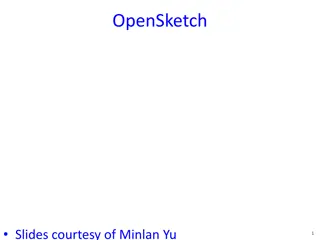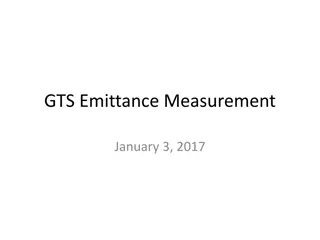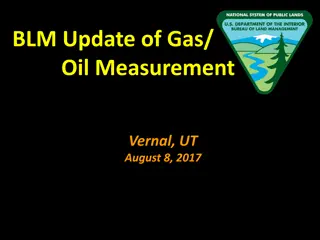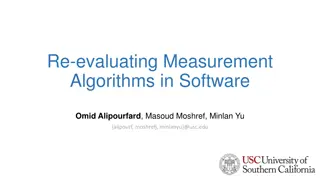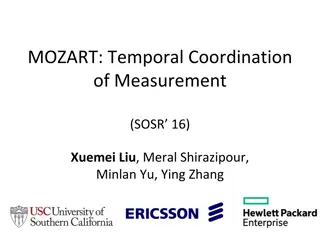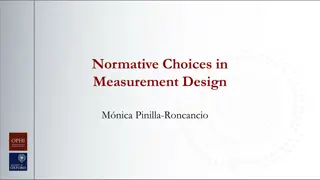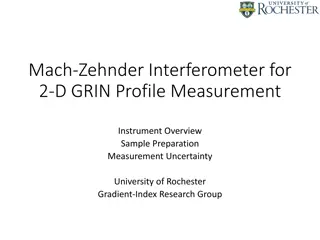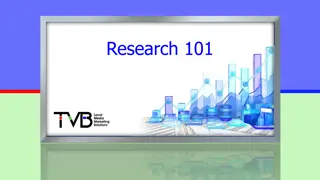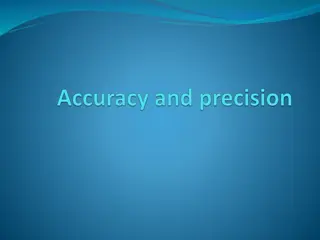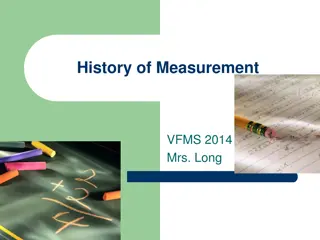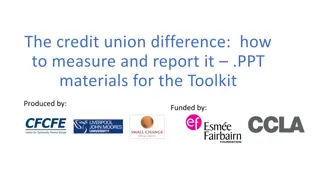Making a Difference: Impact Measurement and Solutions
The impact of programs aimed at preventing youth crime and drug abuse is explored through initiatives like prison visits, drug education in schools, and innovative solutions like PlayPumps to provide clean drinking water in developing nations. Discover how these efforts are making a difference and measuring their effectiveness.
Download Presentation

Please find below an Image/Link to download the presentation.
The content on the website is provided AS IS for your information and personal use only. It may not be sold, licensed, or shared on other websites without obtaining consent from the author.If you encounter any issues during the download, it is possible that the publisher has removed the file from their server.
You are allowed to download the files provided on this website for personal or commercial use, subject to the condition that they are used lawfully. All files are the property of their respective owners.
The content on the website is provided AS IS for your information and personal use only. It may not be sold, licensed, or shared on other websites without obtaining consent from the author.
E N D
Presentation Transcript
Part 2 of Moving from Service to Solutions Modeled from Solutions U Making a Difference - Measuring Impact
MAKING A DIFFERENCE - MEASURING IMPACT AGENDA Part A 1)Introduction 2)Evidence of Impact 3)Measuring Impact 4)Measuring the Impact of your Bonner experience suggested time 20-30 minutes suggested time 1-2 minutes suggested time 15-20 minutes suggested time 10 minutes Part B 5)Effective Altruism suggested time 30 minutes 6)Closing suggested time 5 minutes 7)Marshmallow Challenge (optional) suggested time 35 minutes
MAKING A DIFFERENCE - MEASURING IMPACT In order to prevent youth from getting involved in crime, one program takes them to prisons, and attempts to scare them. Prisoners offer testimony about how terrible their lives are behind bars. They tell frightening stories and offer a grim picture of what happens to people who commit crimes and are caught. The theory of change is that young people will be scare straight. This program was so compelling that there was an Academy-Award winning documentary about its effectiveness.
MAKING A DIFFERENCE - MEASURING IMPACT Project DARE (Drug Abuse Resistance Education), is intended to show young people the dangers of drugs. Police officers teach young people in high schools about how drugs can destroy their lives. The program is taught throughout America s 50 states and territories, as well as 50+ other countries, reaching more than 1.5 million students annually.
MAKING A DIFFERENCE - MEASURING IMPACT A social entrepreneur created PlayPumps International to address the lack of access to clean drinking water in developing nations. Playpumps are merry-go-rounds that children play on, and as they turn, pump water from the ground. PlayPumps started to receive international attention after it won the World Bank Development Marketplace Award in 2000. It was one of those rare programs that earned bipartisan support.
Intended to show young people the dangers of drugs Taught throughout America s 50 states and territories, 50+ countries, reaching more than 1.5 million students annually Theory of change is that young people will be scare straight. Prisoners offer testimony Addressing lack of access to safe, clean drinking water Academy-Award winning documentary about its effectiveness Merry-go-rounds that children play on, and as they turn, pump water from the ground Won World Bank Development Marketplace Award in 2000
SERVICE TO SOLUTIONS At least two meta-analysis were conducted that found participation in Scared Straight-type programs actually increases the odds that youth will commit offenses in the future (Aos, Phipps, Barnoski, and Lieg 2001 and Petrosino, Turpin-Petrosino, and Buehler 2004).
SERVICE TO SOLUTIONS Despite being extremely popular, dozens of scientific evaluation studies (West and O Neal, 2004) have consistently shown DARE to not only be ineffective at reducing the use of drugs and alcohol but sometimes even counterproductive by increasing the likelihood for individuals to use and abuse drugs and alcohol. Due to harsh criticism, public funding for DARE programs decreased from over $10 million in 2002 to $3.5 million in 2012 (Ingraham, 2017).
SERVICE TO SOLUTIONS According to Palph Borland s PHD thesis, Radical Plumber and PlayPumps - Objects in development (2011) there are at least ten faults identified in the PlayPump system, including the maintenance system for the pumps being unsatisfactory, users not being properly consulted before installation, the system being much more expensive than alternatives, the merry-go-round being painful and undignified for adults to use, and failing to meet recognized standards for minimum water supply.
MAKING A DIFFERENCE - MEASURING IMPACT WAYS OF MEASURING IMPACT Randomized, double-blind studies with experimental and control groups Testimonials Anecdotes and case studies Self-reports
YOUR BONNER EXPERIENCE
MAKING A DIFFERENCE - MEASURING IMPACT THE WHY AND HOW OF EFFECTIVE ALTRUISM PETER SINGER, TED TALK MARCH 2013 https://www.ted.com/talks/peter_singer_the_why_and_how_of_effective_altruism?language=en#t-123407
MAKING A DIFFERENCE - MEASURING IMPACT QUESTIONS TO CONSIDER Do you agree with Singer that it doesn t make a morally relevant difference the proximity of those in need? Do you agree with Singer that we are all complicit in the deaths of children, animals, etc., because they are lives that could be saved? Do we each have a moral obligation to do the most good we can? Given Singer s analysis, organizations like the Make a Wish Foundation that spend significants amount of money on one child aren t effective because the money could go to an organization that helps more people do you agree with this? Should we always be directing our money towards the most disadvantaged groups? What about our own communities? What do you think about the strategy of working on Wall Street to earn a lot of money to donate to charity?
